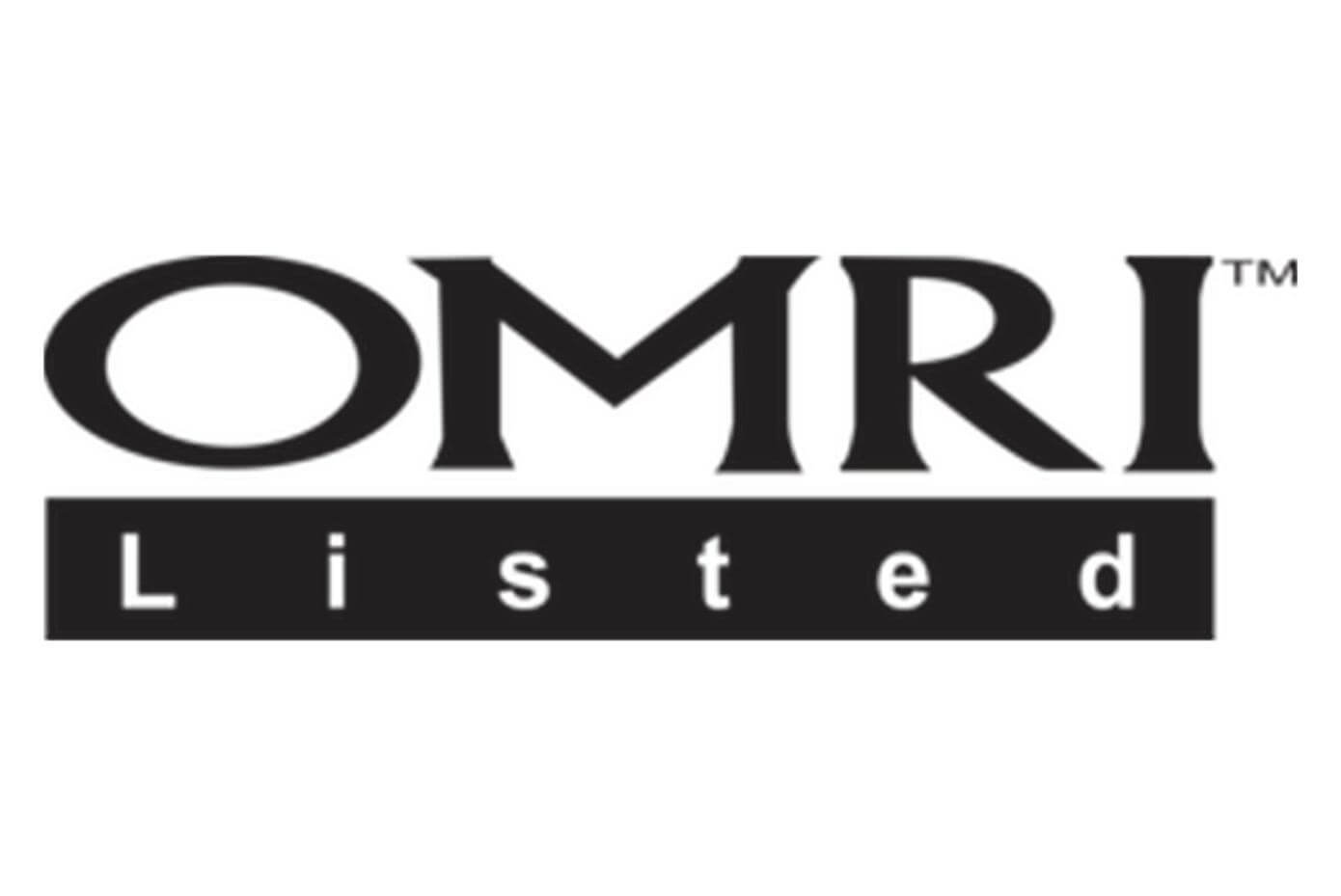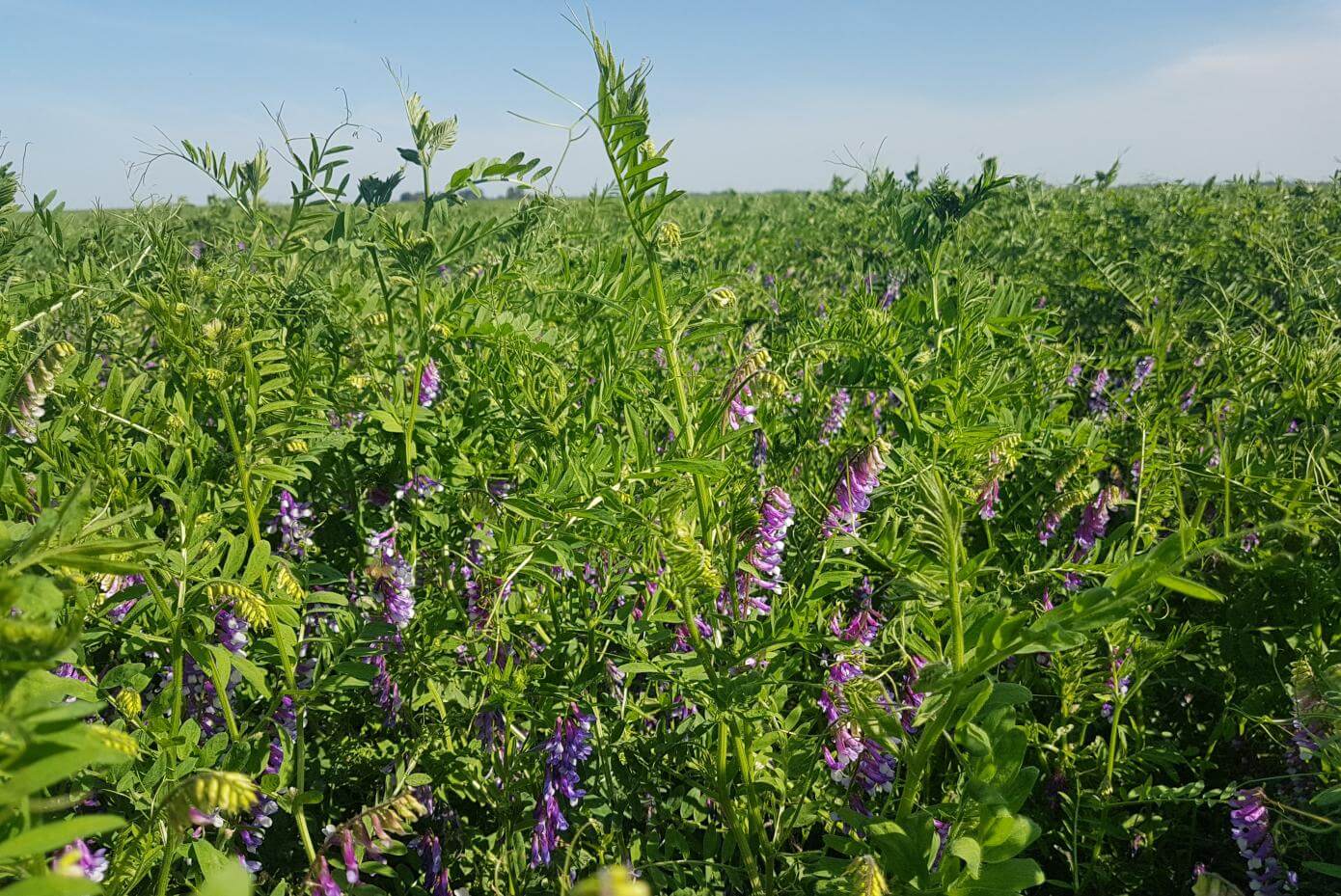T.L.C. Components included in City’s Airport Landscape Guide
In July of this year, the Chicago Department of Aviation created an Airport Landscape Resource Guide “to provide information for residents and businesses located within the Midway International Airport Landscape Area.” One of the purposes of the guide is to help “encourage sustainable landscapes that minimize wildlife hazards for aircraft operation at the city’s Midway airport. Included in the guide, are recommendations to plant high endophyte tall fescues. The guide specifically lists Titan Ltd, Rendition, and Covenant Tall Fescues as recommended varieties. These varieties are also listed on the bid specs for O’Hare’s Modernization Program. Titan Ltd., Rendition, Hudson, and Kittyhawk SST are also showing up on bid specs and recommended lists in other states.
OMRI Listed Organic Coating Now Available!
We are pleased to announce that Nitro-Coat® Organic is now OMRI listed! Smith Seed Services can now service your organic seed needs by offering all the benefits of Nitro-Coat® in an OMRI listed organic coating. This product has been tested for rhizobium survivability and durability, with customer-satisfying results. Learn more at nitrocoat.com.
Harvest Update
Harvest has gone smoothly with no rain delays. The early crops, like Fawn tall fescue and Gulf annual ryegrass had below average yields. Orchardgrass yields were generally below average too. The other Willamette Valley crop yields were average, although crops on wetter grounds yielded less across the board.
With very little annual ryegrass carryover to speak of, cleaners have been moving new crop out as fast as they can clean it. By mid-summer, 2009 inventories were essentially eliminated on some of the smaller crops like hairy vetch, crimson clover, peas, and chicory. This has put pressure on the harvesting and cleaning of these crops too.
Pacific Northwest production of Kentucky bluegrass is down significantly, due to dramatic reduction in acres. Canadian producers have some significant challenges with their crops, especially trefoil, sweet clover, timothy, mammoth red and alfalfa crops. Reduced acres and lower yields due to weather damage will likely affect price and availability of these crops
Shipping Woes
Early fall seed movement out of Oregon is being hampered with equipment shortages, especially “stack containers.” Over-the-road trucks are tight as well, and expensive. At this point, there is no reason for us to assume it will get better anytime soon. So when possible, please order with a few more days advanced notice.
Hairy Vetch
Have you ever considered the diversity and usefulness hairy vetch? First of all, this amazing winter annual legume is one of the most adapted legumes we have in North America. It can grow in most any location (pH ranges of 4.9-8.2) if there is proper soil drainage. It is winter hardy, can be cut for hay, grazed, turned under for green manure, or used simply for erosion control. As far as nitrogen fixation, its terrific. Furthermore, for green manure applications, over 3% of hairy vetch dry matter is pure nitrogen, when just turned under before the next crop.
Hairy vetch’s growth habit and cycle has many benefits as well. While fall plantings don’t produce much top growth, hairy vetch has aggressive spring growth. The spring growth produces high levels of dry matter and nitrogen accumulation (up to 120 lbs N/acre). Protein levels are very good too. In addition, this aggressive growth aids in suppression of spring weeds.
Research has show hairy vetch is also an excellent scavenger of phosphorus, and could be very import for areas struggling to reduce excess phosphate contaminations of streams and lakes. Another unique benefit of hairy vetch is its ability to breaks down quickly, which can facilitate planting subsequent crops. It’s really a pretty neat crop!

